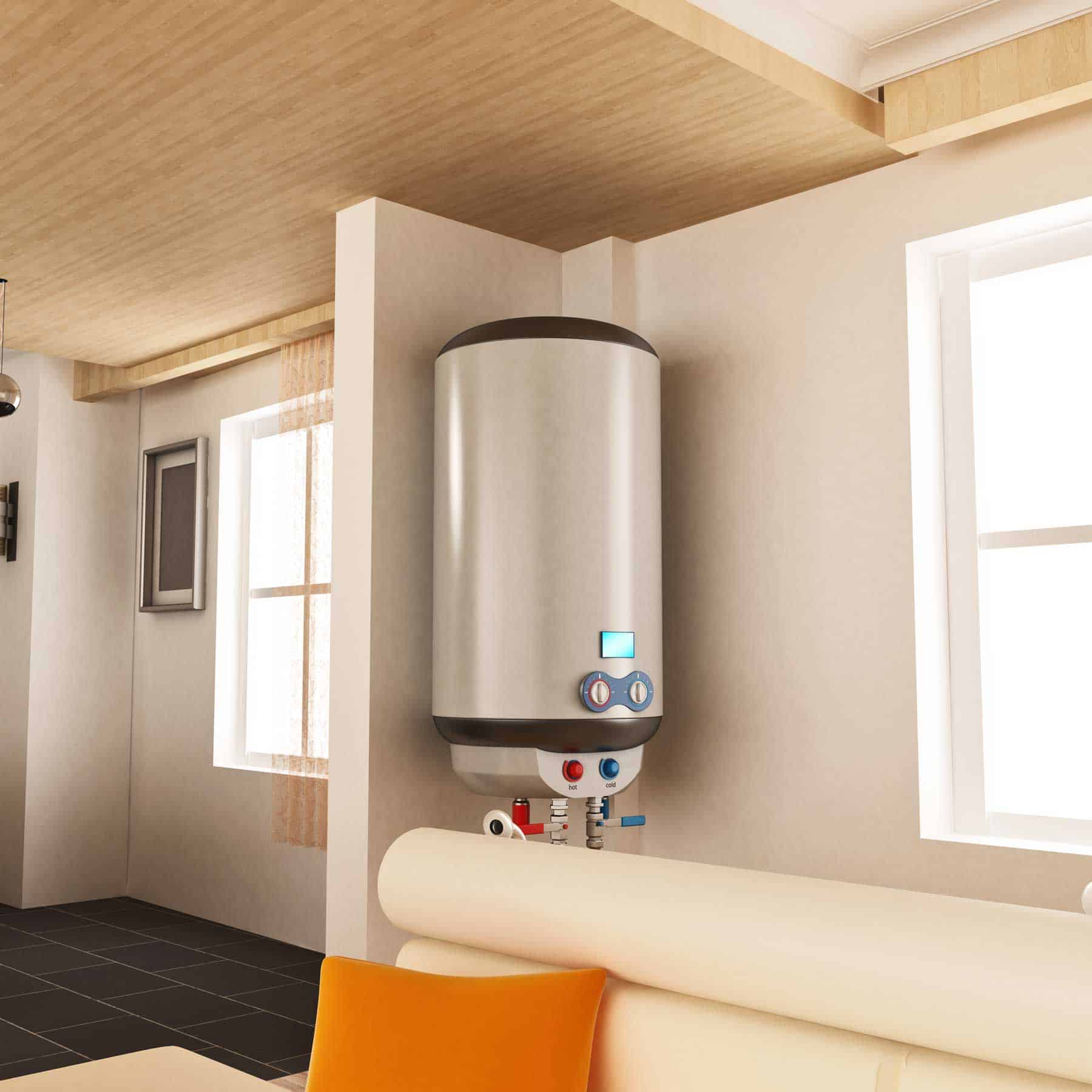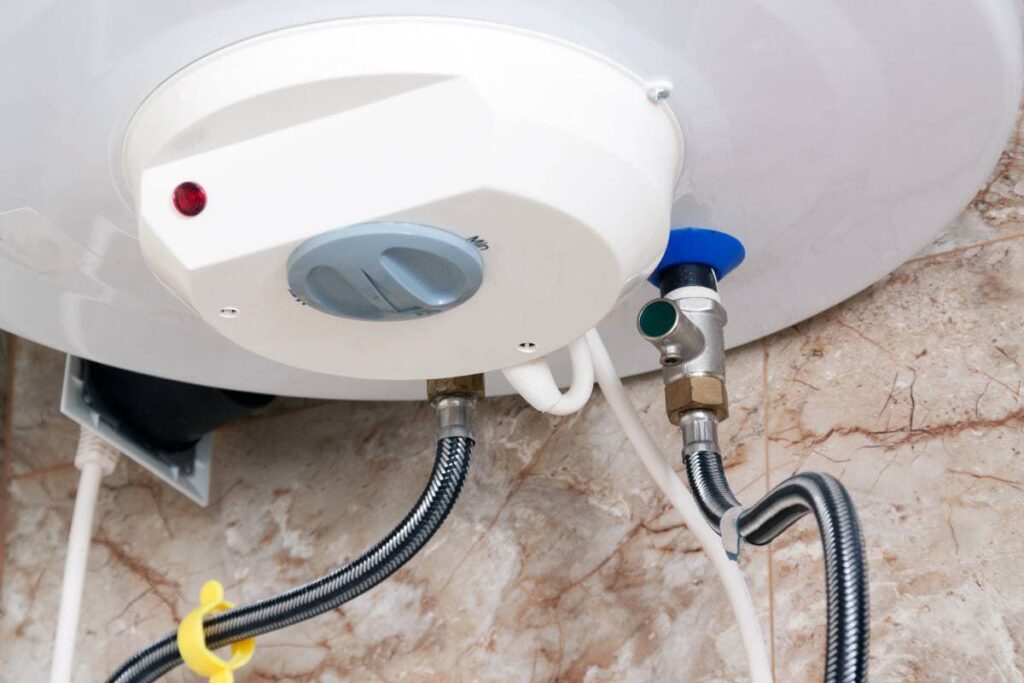Key Care Techniques for Your Home's Hot Water System
Key Care Techniques for Your Home's Hot Water System
Blog Article
We have noticed this great article pertaining to How to Maintain a Hot Water Heater in a Few Simple Steps directly below on the web and thought it made sense to discuss it with you on this page.

Warm water is vital for day-to-day comfort, whether it's for a refreshing shower or cleaning recipes. To ensure your warm water system runs efficiently and lasts longer, normal maintenance is vital. This short article gives practical ideas and understandings on exactly how to keep your home's warm water system to prevent disturbances and costly repair services.
Introduction
Preserving your home's warm water system could seem daunting, however with a few basic actions, you can ensure it operates smoothly for several years to come. This overview covers every little thing from recognizing your hot water system to DIY upkeep pointers and knowing when to employ specialist help.
Significance of Preserving Your Warm Water System
Normal upkeep not only prolongs the life expectancy of your warm water system yet additionally ensures it operates efficiently. Disregarding upkeep can lead to decreased efficiency, higher energy expenses, and also premature failure of the system.
Signs Your Hot Water System Requirements Maintenance
Understanding when your warm water system requires focus can prevent significant issues. Watch out for indicators such as inconsistent water temperature, unusual sounds from the heating system, or rustic water.
Flushing the Water Heater
Purging your hot water heater eliminates debris buildup, improving efficiency and prolonging its life.
Checking and Replacing Anode Rods
Anode poles prevent deterioration inside the container. Evaluating and changing them when worn is essential.
Complex Problems Requiring Professional Aid
Instances consist of major leaks, electrical issues, or if your water heater is regularly underperforming.
Routine Professional Upkeep Conveniences
Expert maintenance can consist of detailed examinations, tune-ups, and making certain conformity with security standards.
Evaluating and Changing Temperature Setups
Changing the temperature setups makes sure ideal performance and security.
DIY Tips for Upkeep
You can do several upkeep tasks yourself to maintain your warm water system in leading condition.
Looking for Leaks
Routinely inspect pipelines and connections for leaks, as these can lead to water damages and higher costs.
Comprehending Your Hot Water System
Prior to diving into maintenance jobs, it's valuable to understand the standard elements of your warm water system. Usually, this consists of the hot water heater itself, pipelines, anode poles, and temperature controls.
Regular Monthly Maintenance Tasks
Normal regular monthly checks can assist catch small issues prior to they rise.
Checking Stress Relief Valves
Checking the pressure relief valve guarantees it functions appropriately and prevents extreme stress build-up.
Protecting Pipelines
Insulating hot water pipelines reduces warm loss and can conserve power.
When to Call a Professional
While do it yourself upkeep is useful, some concerns require expert expertise.
Conclusion
Routine upkeep of your home's hot water system is vital for performance, longevity, and expense financial savings. By adhering to these suggestions and recognizing when to look for professional help, you can make sure a reliable supply of hot water without unexpected interruptions.
Water Heater Maintenance: The Basics
Maintaining your water heater will ensure it operates efficiently and has a longer lifespan. Neglecting regular maintenance can lead to costly repairs and an even bigger chunk of your savings if you have to replace it sooner than necessary. But there’s good news: Most water heater maintenance tasks are relatively simple and easy for homeowners with basic DIY skills.
Flush the Water Heater
Over time, sediment and minerals can build up in the tank, reducing its efficiency and potentially causing damage. To flush the tank, turn off the power or gas supply, attach a hose to the drain valve near the bottom and open the valve to drain the water until it runs clear. Ideally, flush the tank annually.
Replace the Anode Rod
The anode rod is a sacrificial metal rod that helps prevent corrosion inside the tank. Inspect and replace it every three to five years or per the manufacturer's recommendation. To replace the anode rod, turn off the power or gas supply, drain a few gallons of water from the tank, unscrew the old rod and replace it with a new one. If the anode rod is significantly corroded or covered in calcium buildup, it's a sign the water heater may need to be replaced soon.
Tune-Up
A yearly tune-up can help identify potential issues and ensure your water heater operates at peak efficiency. This typically involves checking the thermostat, burner assembly (for gas heaters) and any other components specified by the manufacturer. During a tune-up, the technician may also clean the burner and adjust the pilot light (for gas heaters) or examine the heating elements (for electric heaters).
How to Maintain Your Water Heater
Insulate the tank. Insulating the tank can improve energy efficiency and reduce heat loss, saving you money on energy bills. You can purchase precut insulation blankets designed specifically for water heaters or use standard fiberglass insulation wrapped securely around the tank. Check the temperature. The recommended water temperature for most households is around 120 degrees Fahrenheit (49 degrees Celsius). Higher temperatures can increase energy costs and potentially cause scalding. Use a kitchen thermometer to check the temperature at the faucet nearest the water heater. Monitor water pressure. Excessive water pressure can strain the water heater and cause leaks or even tank failure. Install a pressure-reducing valve if necessary. The ideal water pressure range is between 60 and 70 PSI (pounds per square inch). Test the temperature and pressure (T&P) relief valve. The T&P relief valve is a safety feature that releases pressure if the tank gets too hot or the pressure builds up too high. Test it annually by lifting the lever and allowing a small amount of water to release. Replace the valve if it doesn't release water or reseal properly. Check for leaks. Regularly inspect the tank, pipes and fittings for leaks or corrosion. Deal with issues promptly to prevent further damage. Even a small leak can lead to significant water damage over time. Consider a tankless water heater. If your traditional tank-style water heater is nearing the end of its lifespan ( typically 10 years), consider replacing it with a tankless water heater. These units heat water on demand, reducing standby energy losses and potentially saving you money on your energy bills. Schedule professional maintenance. While homeowners can perform many water heater maintenance tasks, it's still a good idea to schedule professional maintenance every few years. A plumber or HVAC technician can thoroughly inspect the unit, identify potential issues and ensure it operates safely and efficiently. https://www.homeserve.com/en-us/blog/home-improvement/hot-water-heater-maintanence/

Hopefully you enjoyed reading our topic on Water Heater Maintenance Tips You Can't Afford to Forget. Thanks for spending some time to read our posting. Enjoyed reading our write-up? Please share it. Let somebody else check it out. Many thanks for your time. Don't hesitate to come visit our website back soon.
Schedule Estimate Report this page